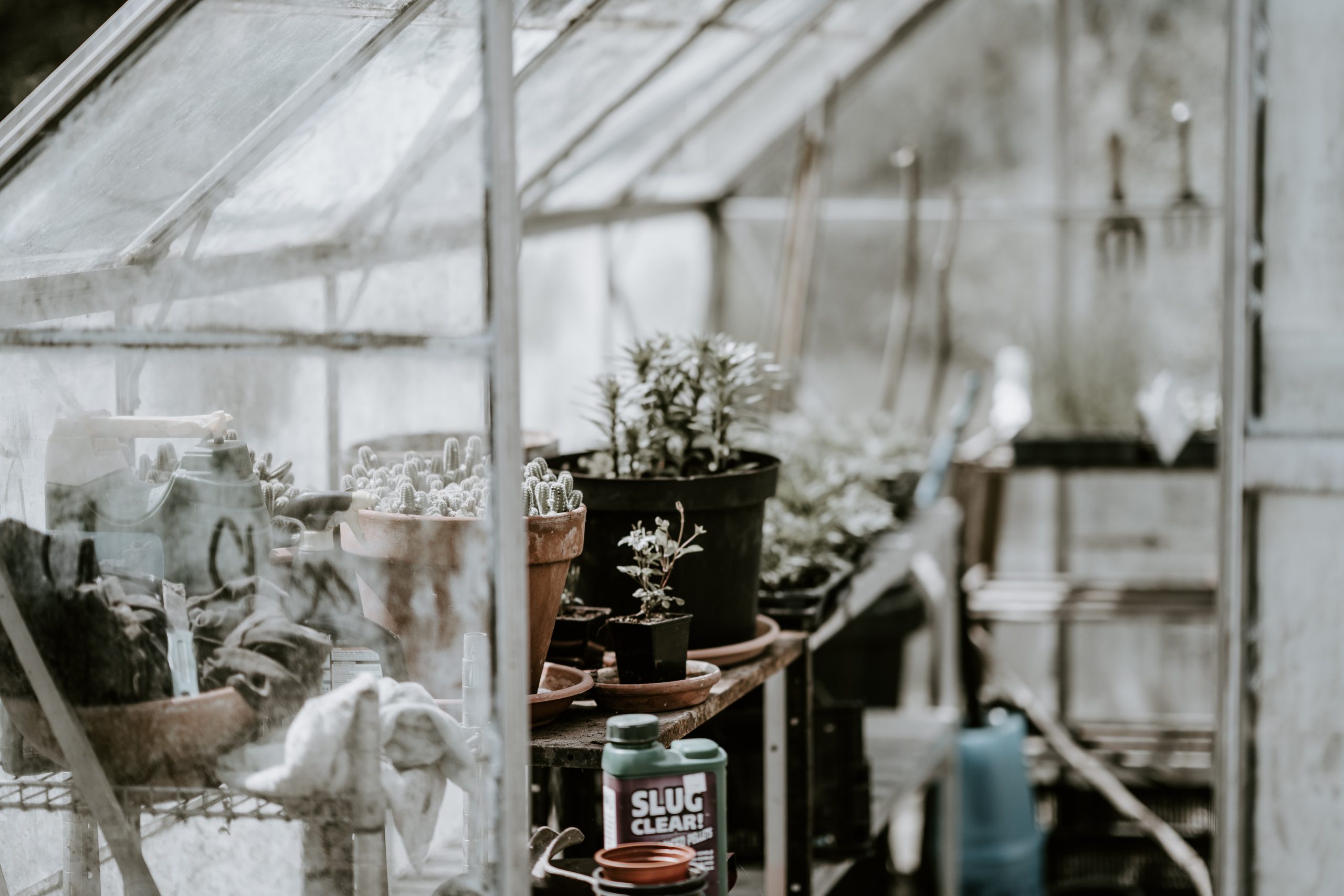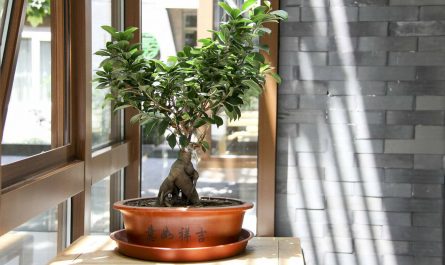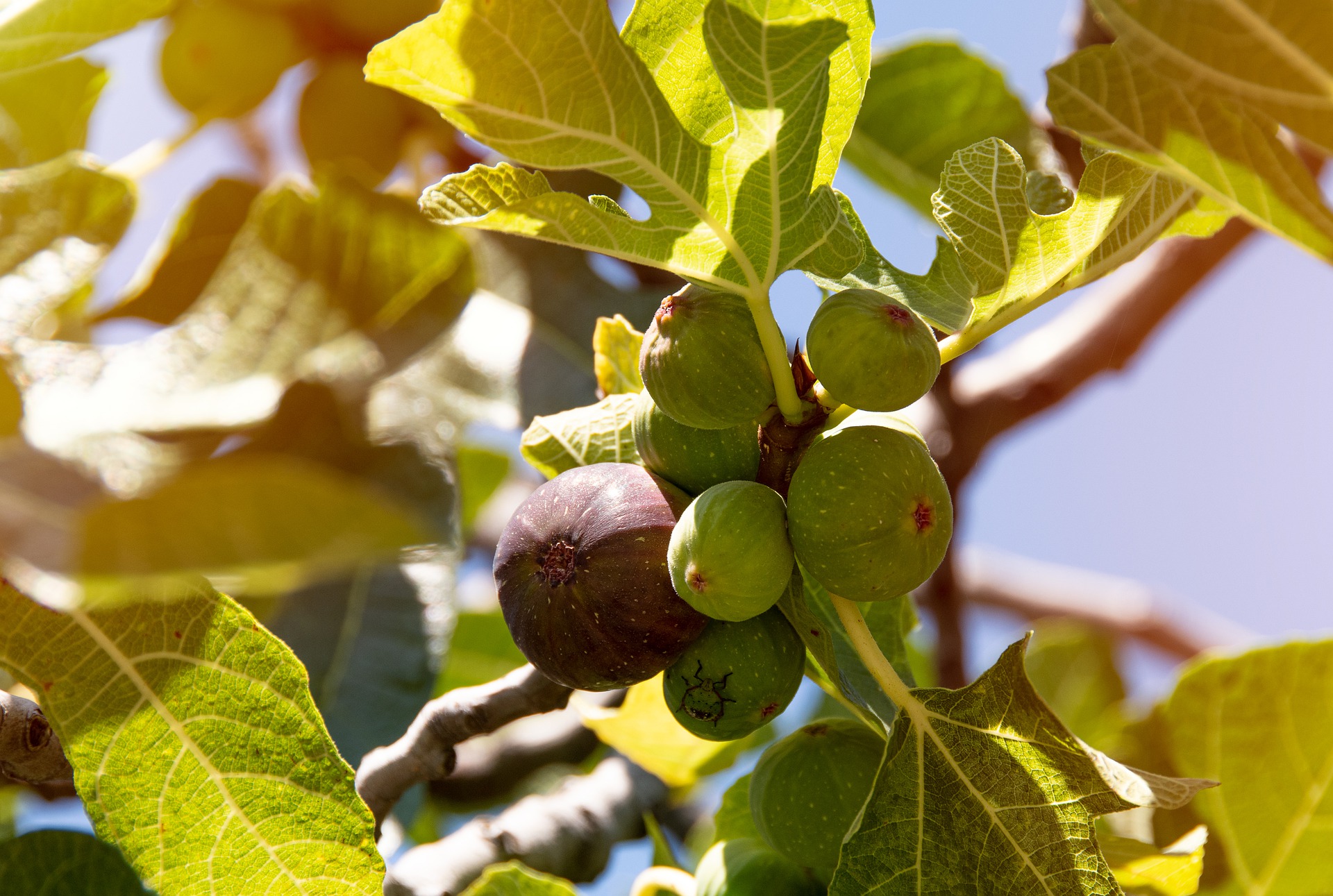This tropical Asian plant that is the ficus provides healthy air inside our home or office by absorbing all impurities such as gas or smoke. This small tree is a plant that requires minimal maintenance and some care from its owner. you should know that his survival and his health depend on maintenance, knowing that he can reach a life expectancy of more than 20 years. However, one day for one reason or another the ficus may need to be repotted. This is quite normal because you should know that repotting should be done every 2 years due to the growth of the plant.
In general, the ficus should be repotted to ensure good growth and to prevent its roots from emerging from the ground or risking damage to the pot in which it is located. However, he deserves to know the right repotting technique so as not to risk different kinds of problems later. Here are the 5 steps to follow to successfully repot your ficus.
The 5 steps to follow for repotting a ficus
First of all, you will need to buy a new pot before repotting. Make sure you get the ideal size pot for your ficus, which means it shouldn't be too big or too small. After that you can start the steps for repotting. Here are five steps to follow to repot your ficus.
1. Preparations
You will have to bring the pot containing the ficus and the new pot for repotting. Before starting it should be noted that the ideal period for repotting is spring if you find yourself in winter, it would be better to wait a few months before starting it. Also make sure that the pot is large enough to hold the roots of your ficus tree to prevent them from sticking out of the ground and risking breaking the pot. In the bottom of the new pot you will need to put a layer of pebbles or clay balls to ensure good drainage. After that, you have to fill the pot with good quality soil, a substrate that will ensure good water circulation when watering.
2. The stripping
This step allows your ficus to come out of its current pot to be repotted in the new pot. However, you must be very delicate with your ficus, you must not remove it by force from its soil. To extract the ficus, you will have to turn the bottom of the pot before pulling the ficus very gently. After that, you will have the plant in your hands, try to untangle the roots always in a gentle way so as not to risk damaging them. You can rinse the roots to remove the rest of the soil.
3. Repotting
After following the steps correctly, it is time to move on to repotting by placing your ficus in the new pot. After that it will be necessary to add soil. Make sure to put a special green house plant potting soil to prevent your ficus from suffering different diseases related to poor soil quality.
4. The location
After repotting, you will need to place your plant in a place that will allow it to receive a sufficient amount of light. Also make sure that the temperature in which it is located does not exceed 22 ° C and does not allow a draft. Remember to moisten the leaves of your plant at least once a day with a soft cloth dampened with water or a spray.
5. Additional care
Water is essential for the survival and proper growth of the ficus. For this purpose, do not forget to water it every week. Before any watering session, you should never forget to check that the soil is very dry to avoid any excess water. To give your plant the necessary nutrients, you need to give it a fertilizer. Do not hesitate to put fertilizer in the soil every 3 to 4 weeks and be sure to respect the dose.
Some tips that could help you repotting your ficus
Repotting your ficus is necessary when you notice that its leaves are starting to drop and the plant is dying. It is also necessary to repot the plant when its roots start to come out of the pot or the ground. You will have to follow the steps of repotting and be gentle with your ficus when you take it out of the pot.
Make sure you get a pot that is the right size and strong enough to support the roots so that you don't risk getting damaged easily.
Do not forget to take care of your ficus once in its new pot so as not to risk all diseases that can lead to its death.




